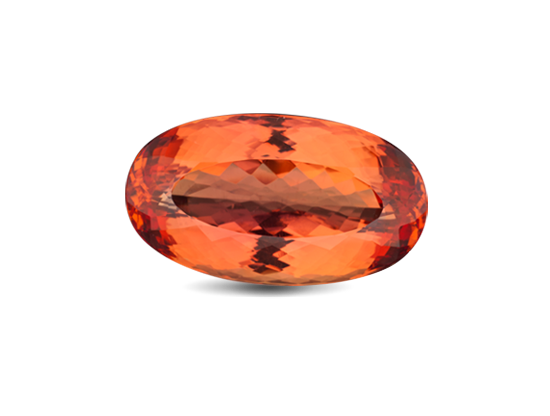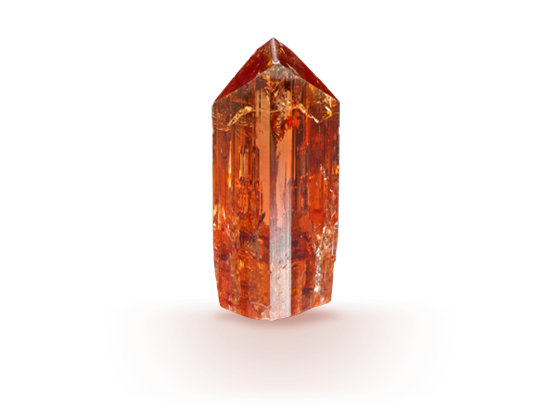Overview
Topaz actually has an exceptionally wide color range that, besides brown, includes various tones and saturations of blue, green, yellow, orange, red, pink, and purple. Colorless topaz is plentiful, and is often treated to give it a blue color. Topaz is also pleochroic, meaning that the gem can show different colors in different crystal directions.
Birthstones & Anniversaries
Precious topaz is a birthstone for November and blue topaz is a birthstone for December. Blue topaz is the gem of the 4th anniversary and Imperial topaz is the gem of the 23rd anniversary.
1768
The royal court in Portugal celebrates the discovery of Imperial topaz in 1768.
271 kilos
A transparent topaz crystal discovered in Minas Gerais, Brazil weighs an astounding 596 pounds.
10 MeV
Irradiating colorless topaz with electrons at energy of 10 million electron volts creates a sky blue color.
Facts
-
Mineral:
Topaz
-
Chemistry:
Al2(F,OH)2SiO4
-
Color:
Yellow, orange, brown, pink to red to purple red, blue, light green and colorless
-
Refractive index:
1.619 to 1.627
-
Birefringence:
0.008 to 0.010
-
Specific gravity:
3.53
- Mohs Hardness: 8
Treatments
There are a number of processes used to alter the color, apparent clarity, or improve the durability of gems.
Learn MoreSynthetics
Some gemstones have synthetic counterparts that have essentially the same chemical, physical, and optical properties, but are grown by man in a laboratory.
Learn MoreImitations
Any gem can be imitated—sometimes by manmade materials or by natural materials chosen by man to impersonate a particular gem.
Learn More
Why We Love This Gemstone
Kilos
Topaz comes in some of the gem world’s largest crystals: the largest are kilos, not carats.
Slippery
Faceted topaz takes such a high polish it’s slightly slippery to the touch.
Pleochroic
Topaz is pleochroic, displaying different colors in different crystal directions.
Quality Factors
Topaz comes in a variety of colors from shades of blue to the rare reddish imperial colors.
Color
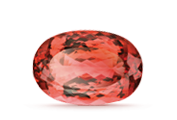
The most valued topaz colors are orangy red to red. Blue gems are widely available.
Clarity

Topaz used in jewelry is typically eye clean with no visible inclusions.
Cut
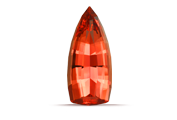
Topaz crystals are usually columnar, and cut as oval or pear shapes to improve yield.
Carat Weight
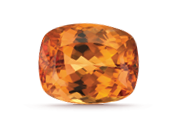
Topaz often forms as large crystals. These can yield sizable cut gems.
Topaz Quality Factors: The Comprehensive Guide
Research
Explore sources, gemological research, and the role of gems in history.
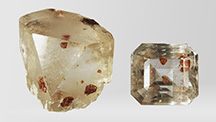
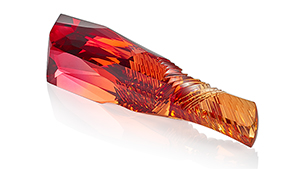
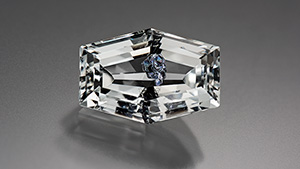
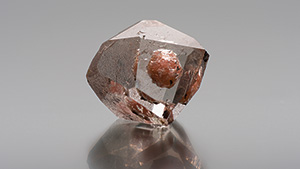
Recommended Reading

A Field Guide to Topaz and Associated Minerals of the Thomas Range, Utah (Topaz Mountain) Volume 1
John Holfert, et al

Topaz: Perfect Cleavage
Dudley Blauwet

Tenth annual Sinkankas Symposium: topaz
San Diego Mineralogical. & Gem Society. & GIA



